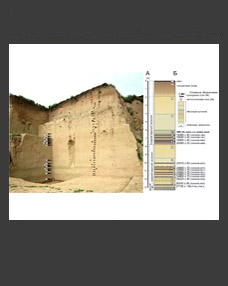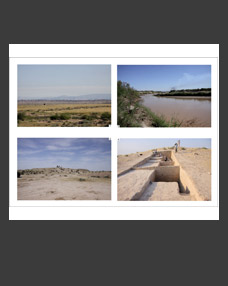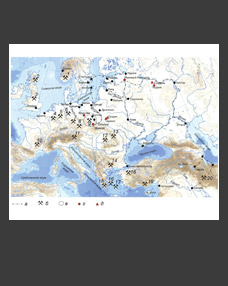Gak E.I., Chernysheva E.V., Khodzhaeva A.K., Borisov A.V.
Key words: catacomb culture, settlement, infrastructure, settlement planning, dwelling, ceramics, animal bones, phosphates, urease.
The article states the results of the overall researches on the rehabilitation of the one-layer settlement Rykan-3 which is considered to be a model dwelling site the Middle Don Region catacomb culture of the 3rd millennium BC in the Eastern European forest-steppe zone. The experience of the discovering of the infrastructural characteristics with the help of the spatial-correlation analysis of the archaeological and natural data has been shown amid the common problems in studying the catacomb community’s settlements. Through this analysis it was possible to find out the principle of a settlement planning under the paleorelief conditions; to define functions and the significance of the core structural objects; to localize zones of the intensive domestic activity, in some cases, to specify the character of such activity, its connections with the common planning and specific land constructions; to correlate the infrastructural characteristics of the settlement with the climatic season. The main result of the systemizing the materials of the research is a structural-functional model of the citizens’ compact accommodation which was made for the first time in respect to the bearers of the catacomb funeral rite.







